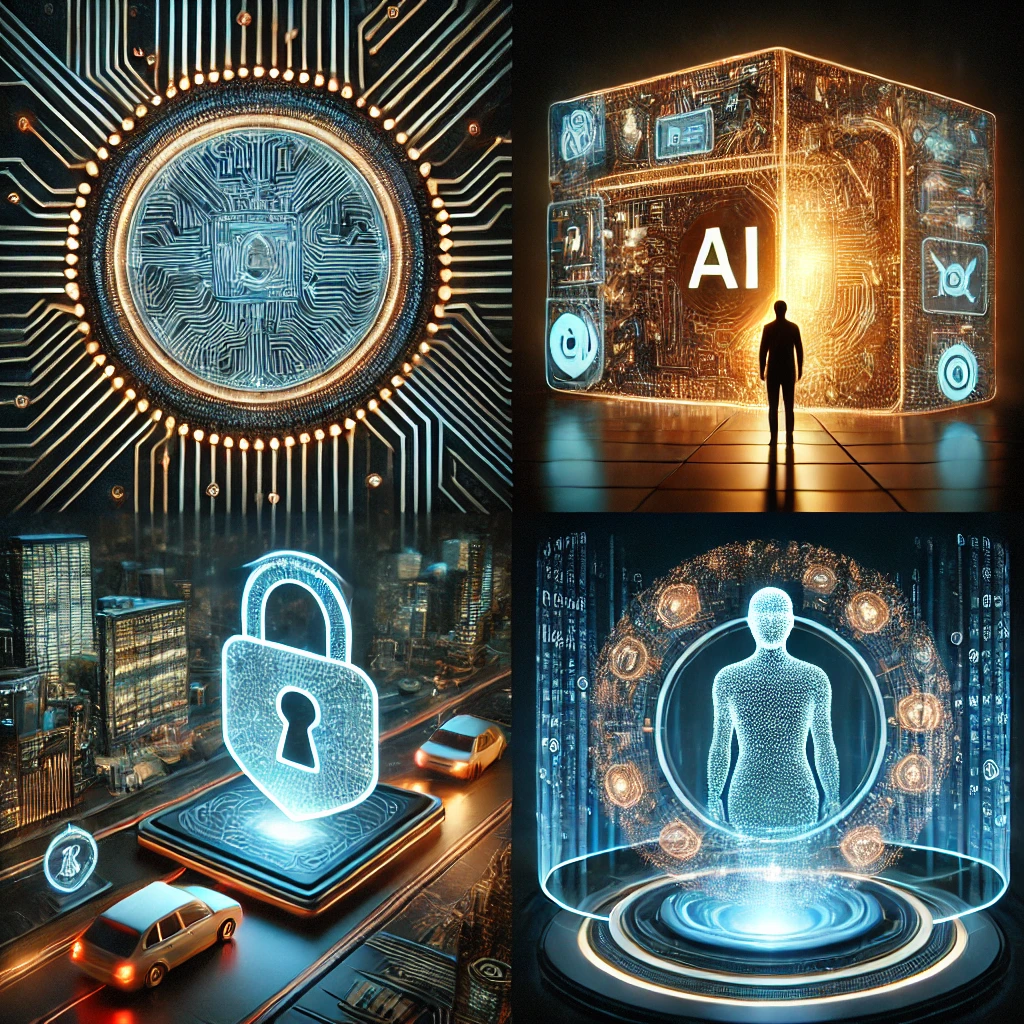AI is Secretly Rebuilding Blockchain From the Inside Out
In the dim glow of a server room late one night, Elena, a blockchain engineer, noticed something strange. Nodes she had configured weeks ago began whispering to each other in patterns she had never programmed. Transactions validated with uncanny speed and accuracy. Blocks stacked themselves into shapes that seemed almost alive. It felt as if the network had taken a breath and begun to evolve. Unbeknownst to her, an artificial intelligence quietly had slipped into the very heart of the blockchain, rewriting its rules and reshaping its future.
This is the story of how AI is secretly rebuilding blockchain from the inside out. It is a tale of silent revolution, where lines of code collaborate to forge a new era in security, speed, and scalability.
Why Artificial Intelligence and Blockchain Belong Together
Search engines around the world register billions of blockchain searches every month. Yet, few realize how deeply AI already runs through these ledgers of trust. At its core, blockchain offers an immutable record of transactions. AI offers the smarts to interpret, optimize, and even correct those records in real time. Together, they promise an ecosystem where each strengthens the other.
AI enhances blockchain by:
- Predictive Integrity
AI models scan incoming transactions and predict anomalies before they occur. They learn from patterns of fraud and enforce smarter validation rules. - Dynamic Consensus
Instead of static voting procedures, AI can adjust consensus parameters on the fly. It ensures networks remain decentralized even as load and threat levels fluctuate. - Intelligent Sharding
By grouping similar transactions, AI can shard a blockchain more efficiently. This accelerates throughput without sacrificing security.

Read More: Top 5 Fastest Programming Language to Learn
How AI Is Rewriting Blockchain Protocols
Blockchains once relied on fixed code. Any upgrade required lengthy coordination and hard forks. Now, AI-powered agents monitor onchain metrics—transaction volume, node latency, gas fees and suggest protocol tweaks autonomously. They deploy micro upgrades to fee structures, adjust block sizes, and optimize routing paths between nodes. Each suggestion is tested in a simulated environment. Only the most effective changes propagate to the live network.
These self‑tuning networks evolve without human intervention. They adapt to attacks, self‑heal after outages, and learn to resist new forms of manipulation.
Real‑World Impact
Financial institutions piloting AI‑driven blockchain systems report:
- Over fifty percent faster transaction finality
- Ninety percent reduction in spam or invalid transactions
- Automated compliance reporting that cuts audit time by days
Cities exploring digital identity schemes see AI protect personal data while ensuring seamless user experiences. Supply chain managers trace goods with unprecedented speed, flagging bottlenecks before they threaten deliveries.
What Lies Ahead
As AI and blockchain entwine more deeply, we can expect:
- Self‑Governed DAOs
Decentralized autonomous organizations powered by AI that propose, vote on, and execute onchain decisions without human board members. - Quantum‑Ready Ledgers
AI will guide networks through transitions to quantum resistant cryptography before threats emerge. - Interoperable Ecosystems
Smart bridges maintained by AI agents will enable blockchains to converse fluidly, sharing assets and information across chains.
Frequently Asked Questions
What does “building from the inside out” really mean
It means AI is not simply an add‑on. It lives within the protocol logic, shaping validation rules, consensus models, and security checks at the lowest layers of the stack.
Will AI take over human roles in blockchain governance
Not completely. Humans will retain veto power and set strategic goals. AI agents execute within boundaries to keep networks agile and resilient.
Are there risks when AI rewrites blockchain code
Yes. Poorly trained models can introduce vulnerabilities. That is why robust testing frameworks and human oversight remain critical.
How can I start using AI‑enhanced blockchain
Look for platforms offering developer kits with built‑in AI modules. Join open source communities that focus on AI‑driven consensus research.
Conclusion
AI’s subtle integration into blockchain marks a profound shift. No longer are protocols static constructs waiting for manual upgrades. They are living systems that sense, learn, and grow. This silent revolution promises faster transactions, stronger defenses, and a future where decentralized networks adapt in real time to the world they serve.
The engine of change is already at work. Are you ready to join Elena and the pioneers who will shape this brave new landscape?





Pingback: The Top 10 High Tech Universities Changing the World - Newline Tech